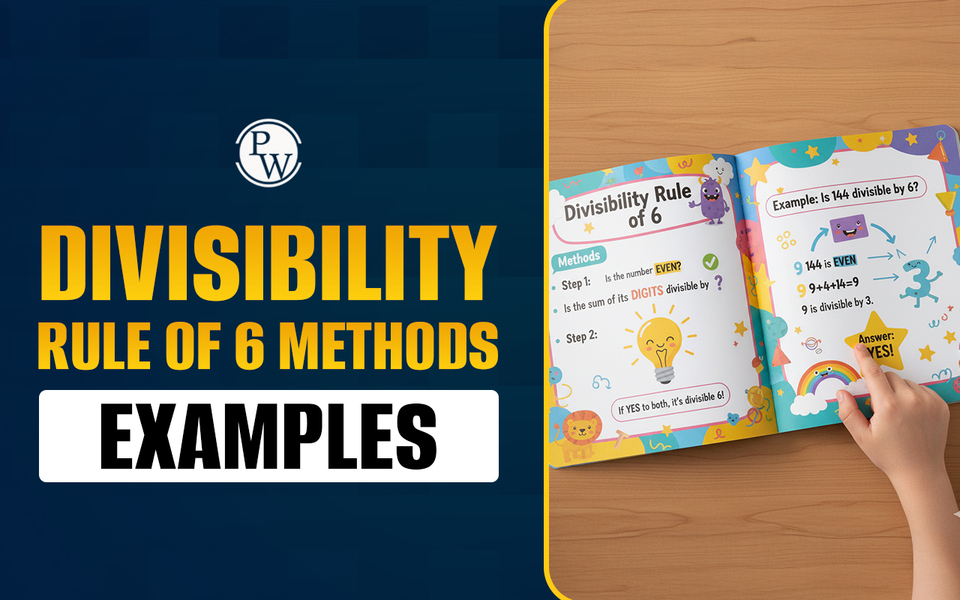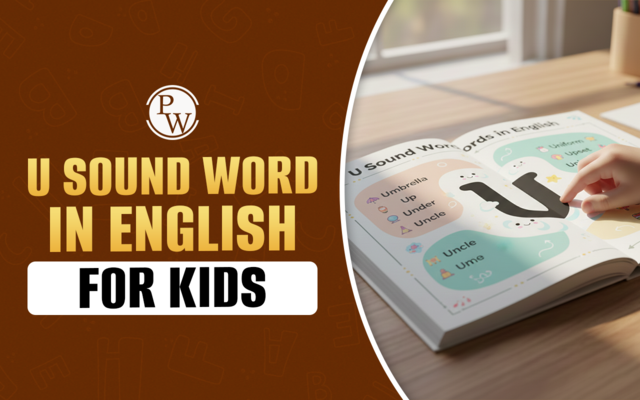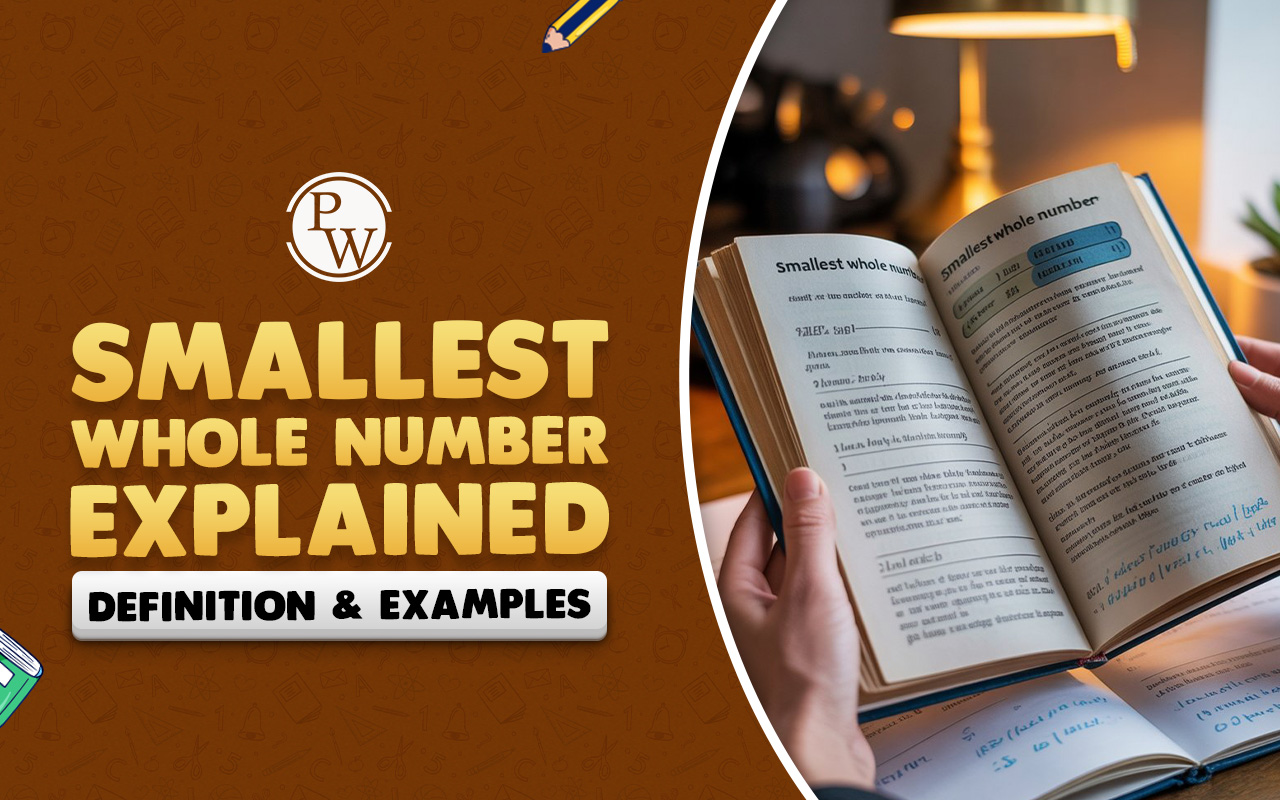
Divisibility Rules are quick tricks that help students check whether a number can be divided by another number without doing long division.
One such rule is the divisibility rule of 11, which can easily tell us if a number is divisible by 11 or not. This rule is very helpful when solving large number problems quickly in exams or while doing mental maths.
So, what is the divisibility rule of 11? It's a method where we find the difference between the sum of digits placed at alternate positions. If this difference is 0 or divisible by 11, then the number passes the 11 divisibility rule.
Read More: Ratio and Proportion
What is the Divisibility Rule of 11?
The divisibility rule of 11 is a quick method that helps us check if a number can be divided by 11 without actually doing the division.
This rule is especially helpful when doing calculations with big numbers, where direct division can take a lot of time. Now, let’s understand how the 11 divisibility rule works.
To check whether a number is divisible by 11, we can follow these steps:
-
Step 1: Add the digits at odd positions and the digits at even positions separately.
-
Step 2: Find the difference between the two sums.
-
Step 3: Find the difference between the two sums. Now, check this difference:
-
If the result is 0, or
-
If the result is divisible by 11 (like 11, 22, 33, etc.), then the number is divisible by 11.
For example: Let’s take a number: 4,273
Step 1: Write the number clearly: 4 2 7 3
Step 2: Mark the positions:
-
Odd positions: 1st and 3rd digits: 4 and 7: Add them: 4 + 7 = 11
-
Even positions: 2nd and 4th digits: 2 and 3: Add them: 2 + 3 = 5
Step 3: Find the difference between the two sums: 11 - 5 = 6.
Since 6 is not divisible by 11, the number 4,273 is also not divisible by 11.
Read More: Fun Math Activities for Kids to Develop Calculation Speed
Divisibility Rule of 11 with Example
To check if a number is divisible by 11, we use a simple rule. Find the sum of digits in the odd places and the sum of digits in the even places.
Then subtract one sum from the other. If the answer is 0 or divisible by 11, then the number is divisible by 11. Let’s understand this better with an example.
Example: Check if 63849271543 is divisible by 11.
Step 1: Start from the right side and mark the positions—1st, 2nd, 3rd, and so on. Now separate the digits at odd and even places.
-
Odd place digits: 3 + 5 + 7 + 9 + 3 + 6 = 33
-
Even place digits: 4 + 1 + 2 + 8 + 8 = 23
Step 2: Now subtract the two sums: 33 − 23 = 10.
Since 10 is not divisible by 11, the number 63849271543 is not divisible by 11.
Therefore, the 11 divisibility rule can help students quickly check if a number is divisible by 11 without actually dividing. This saves time and makes solving maths problems easier, especially in examinations.
Read More: Quick Calculation Techniques for School Students
11 Divisibility Rule for 3-Digit Numbers
To check if a 3-digit number is divisible by 11, we can follow this easy rule: Add the first and last digits, then subtract the middle digit from this sum. If the result is 0 or divisible by 11, the number is divisible by 11. Let’s look at some 11 divisibility rule examples:
Example 1: Check if 682 is divisible by 11.
-
First digit = 6, middle digit = 8, last digit = 2
-
Add first and last digits: 6 + 2 = 8
-
Subtract middle digit: 8 - 8 = 0
Since the result is 0, 682 is divisible by 11.
Example 2: Check if 945 is divisible by 11.
-
First digit = 9, middle digit = 4, last digit = 5
-
Add first and last digits: 9 + 5 = 14
-
Subtract middle digit: 14 - 4 = 10
Since 10 is not divisible by 11, 945 is not divisible by 11.
Read More: How to Prepare for Math Olympiads with Mental Maths
Smallest 4-Digit Number Divisible by 11
The smallest 4-digit number is 1000. To find the smallest 4-digit number divisible by 11, we divide 1000 by 11, which gives about 90.9. The next whole number is 91.
-
Now, multiply 91 × 11 = 1001.
-
So, 1001 is the smallest 4-digit number that is exactly divisible by 11.
Largest 4-Digit Number Divisible by 11
The largest 4-digit number is 9999. To find the largest 4-digit number divisible by 11, divide 9999 by 11. We get 909 exactly.
-
Then, multiply 909 × 11 = 9999.
-
So, 9999 is the largest 4-digit number that is divisible by 11.
Read More: Abacus vs. Vedic Maths: Which One is Better?
Divisibility Rule of 11 with Examples
To check the understanding of the 11 divisibility rule, find out some solved practice questions here:
Example 1: Is 51744 divisible by 11?
Solution:
-
Odd position digits (from right): 4, 7, 5: 4 + 7 + 5 = 16
-
Even position digits: 4, 1: 4 + 1 = 5
-
Difference of Sums = 16 - 5 = 11
Hence, 51744 is divisible by 11.
Example 2: Is 82971 divisible by 11?
Solution:
-
Odd position digits: 1, 9, 8: 1 + 9 + 8 = 18
-
Even position digits: 7, 2: 7 + 2 = 9
-
Difference of Sums = 18 - 9 = 9
Hence, 82971 is not divisible by 11.
Read More: 30 Fun Maths Questions with Answers
Example 3: Is 246895 divisible by 11?
Solution:
-
Odd position digits: 5, 8, 4: 5 + 8 + 4 = 17
-
Even position digits: 9, 6, 2: 9 + 6 + 2 = 17
-
Difference of Sums = 17 - 17 = 0
Hence, 246895 is divisible by 11.
Example 4: Is 753692 divisible by 11?
Solution:
-
Odd position digits: 2, 6, 5: 2 + 6 + 5 = 13
-
Even position digits: 9, 3, 7: 9 + 3 + 7 = 19
-
Difference of Sums = 19 - 13 = 6
Hence, 753692 is not divisible by 11.
Read More: Division of Fractions
Make Your Child Faster and Smarter in Math With CuriousJr
Does your child often use calculators or fingers to count while solving simple math problems? This habit can slow them down and reduce their confidence and marks, especially during exams.
Helping your child build strong mental calculation skills at an early stage can make a big difference in their learning journey. That’s exactly what CuriousJr’s Mental Maths Online Classes are designed for.
-
These classes teach simple tricks and smart methods that help your child solve math questions quickly.
-
What makes these classes special is that they’re fun, interactive, and made just for young learners.
-
With exciting animations, achievement badges, and interactive live classes, kids stay engaged and enjoy learning.
-
The two-teacher model makes sure that your child gets personalized attention from the dedicated mentors.
-
Features like tailored practice solutions and homework assistance support your child’s regular practice, while daily performance tracking keeps you informed about their progress.
Book a demo class today and see how CuriousJr can help your child become quicker, sharper, and more confident in mathematics.
Divisibility Rule of 11 FAQs
Q.1. What does the divisibility rule of 11 mean?
Q.2. Check if 789 is divisible by 11.
Q.3. If a number is divisible by 11, is it also divisible by 7?
Q.4. How to identify if the given number is divisible by 11?









